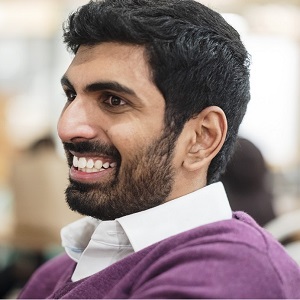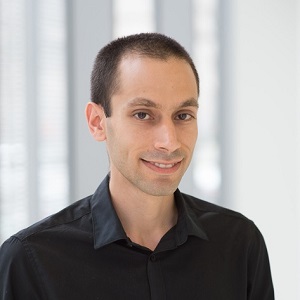Computational Imaging for Self-Driving Vehicles @ CVPR 2018

To enable superhuman driving, we need superhuman vision. Here, we discuss recent advances in imaging hardware used in self-driving cars, and how this will impact the future of the industry.
In this tutorial attendees will get an overview of the sensors that are equipped in self-driving vehicles. An emphasis will be placed on LIDAR, as the course practitioners believe this is the key instrument. Instructors will present recent papers in vision, graphics, and computational photography that exploit such sensors. Finally, attendees are provided a primer on how they can incorporate computational imaging into their own research.
The tutorial is scheduled to Fri. June 22nd at 1:30pm.
Schedule and Materials
- 13:30-14:15
- Computational Imaging and Implications to Self-Driving Vehicles [R. Raskar]
- Slides
- 14:15-15:00
- Limitations with Existing Imaging Sensors on Cars [G. Satat , A. Kadambi]
- G. Satat: Sensors Slides , A. Kadambi LiDAR Slides
- 15:00-15:10
- Q&A and Break
- 15:10-15:50
- Emerging Vision Sensors for Self-Driving Cars [A. Kadambi]
- Slides
- 15:50-16:30
- Imaging in Challenging Weather Conditions [G. Satat]
- Slides
- 16:30-16:40
- Q&A and Break
- 16:40-17:20
- Deep Learning-Based Computational Imaging [J. Kautz]
- Slides
- 17:20-17:30
- Discussion of Open Problems
Organizers

Jan Kautz
Senior Director of Visual Computing and Machine Learning Research, NVIDIA
Jan Kautz is a Senior Director of Research at NVIDIA, where he leads the Visual Computing Research team. He is working predominantly on computer vision as well as machine learning problems. Before joining NVIDIA in 2013, Jan was a tenured faculty member at University College London. He holds a BSc in Computer Science from the University of Erlangen-Nürnberg (1999), an MMath from the University of Waterloo (1999), received his PhD from the Max-Planck-Institut für Informatik (2003), and worked as a post-doctoral researcher at the Massachusetts Institute of Technology (2003-2006).
Personal Webpage.

Ramesh Raskar
Associate Professor, MIT Media Lab
Ramesh Raskar joined the Massachusetts Institute of Technology from Mitsubishi Electric Research Laboratories in 2008 as head of the Media Lab’s Camera Culture research group. His research interests span the fields of
computational photography, inverse problems in imaging and human-computer interaction. He is a recipient of TR100 award from Technology Review, 2004, Global Indus Technovator Award, top 20 Indian technology innovators worldwide, 2003, Alfred P. Sloan Research Fellowship award, 2009 and Darpa Young Faculty award, 2010. He holds over 50 US patents.
Personal Webpage.

Achuta Kadambi
Jr Faculty Harvard Medical School, and visiting researcher MIT Media Lab
Achuta Kadambi is a PhD student at the Massachusetts Institute of Technology in Cambridge MA. His research is in computational imaging, a field at the intersection of computer science and optics. His publications have been
presented at CVPR, SIGGRAPH, ICCV, and ICCP. He is active on the program committees of various conferences and has co-organized a tutorial on time of flight imaging at ICCV and courses on 3D imaging at SIGGRAPH. Kadambi is listed as a co-inventor on over 15 United States patent applications. He is currently co-authoring a textbook on time of flight imaging.
Personal Webpage.

Guy Satat
PhD Candidate, MIT Media Lab
Guy Satat obtained a B.Sc. degree in Electrical Engineering and a B.Sc. degree in Physics from the Technion-Israel Institute of Technology, Israel, as part of the Technion’s Program for Excellence. In 2013, he joined the Camera Culture Group in the MIT Media Lab, Massachusetts Institute of Technology, USA, as a
Graduate Student, and received an M.S. in 2015. He is currently a Ph.D. student in the MIT Media Lab. His research interests include imaging through scattering, time-resolved imaging and compressive imaging.
Personal Webpage.